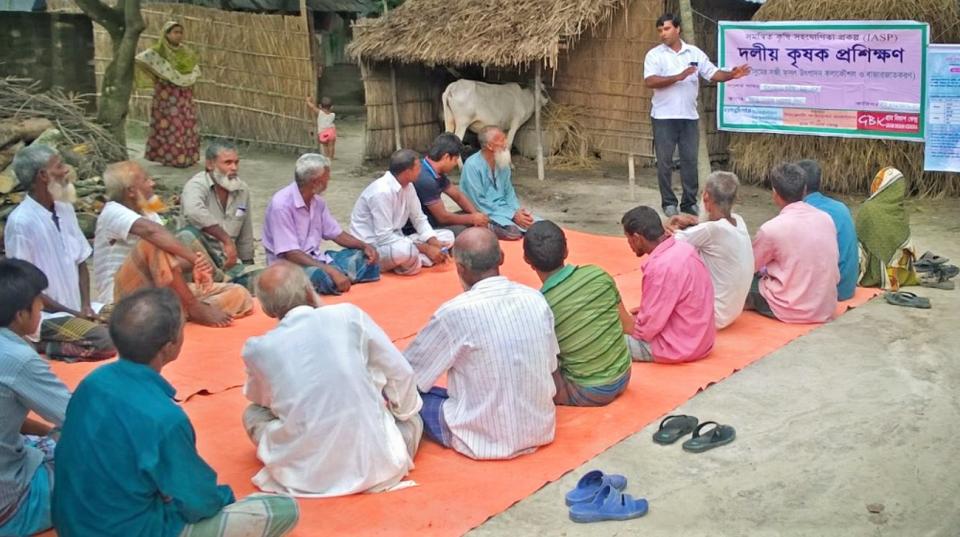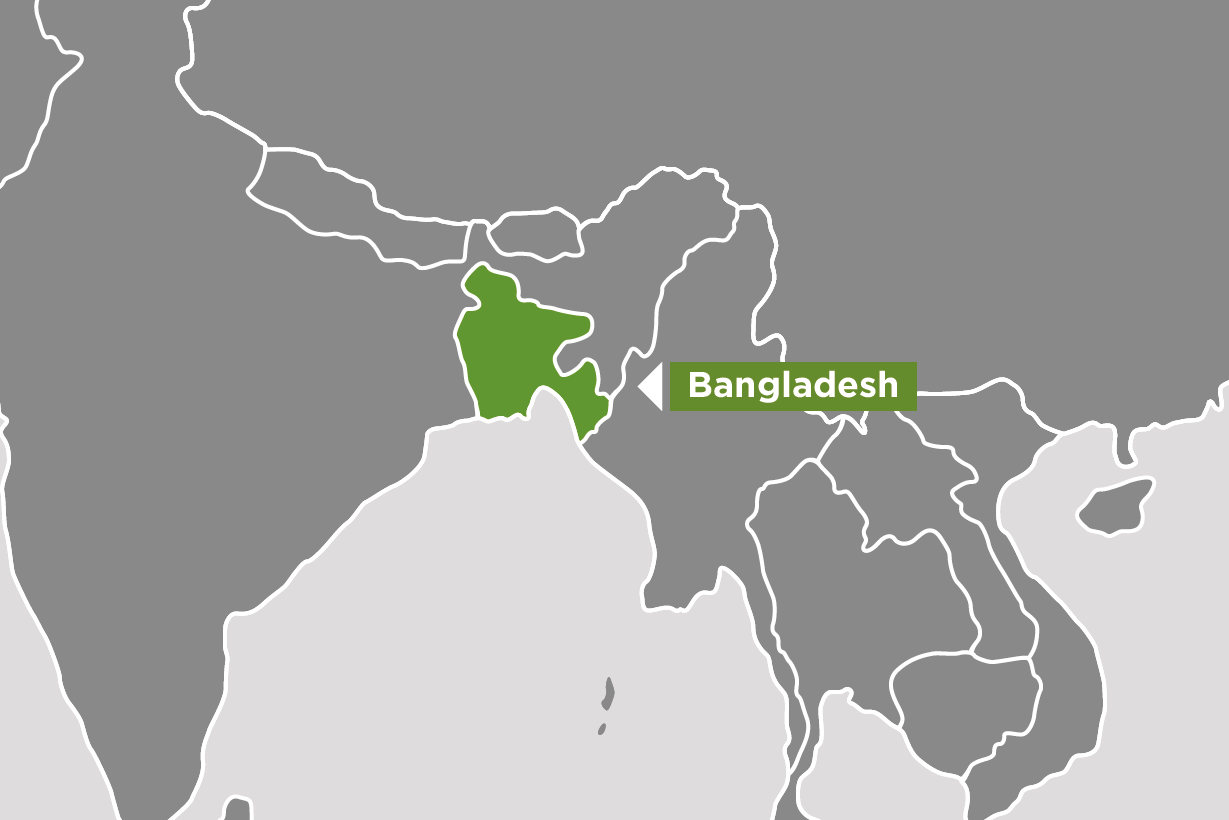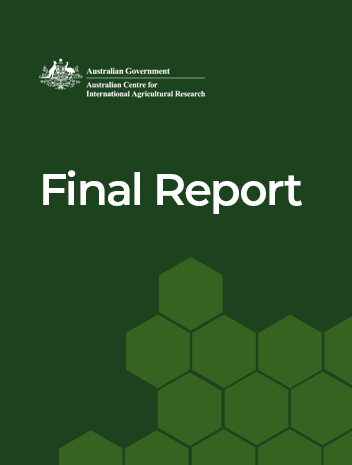Overview
This project aimed to evaluate how and in which contexts Farmers’ Hubs facilitate the dissemination of new products, practices, and services to smallholder farmers and the broader farming community as commercial service providers.
The traditional view of innovation in agricultural systems involves linear information dissemination, usually from a research provider, through a publicly-funded extension system to support the adoption of new practices by farmers. However, this approach under-estimates the farmers role as innovators (Bellotti & Rochecouste 2014), and ignores the powerful influence of private sector stakeholders in providing services, tools and information to farmers. If we assume that there are many pathways by which farmers receive information and advice, we can start to assess which pathways may be the most influential for each technology. By understanding the innovation system as it applies in different contexts today, we may be able to speed up the adoption of new practices by farmers.
In this project we focused on one initiatve designed to help deliver new services to small-holder farmers to understand how information is moving through this system and what the broader impacts are on farm communities. Farmers’ Hubs were developed by the Syngenta Foundation for Sustainable Agriculture (SFSA) and are designed to provide multiple services to smallholder farming communities such as the purchase of inputs including seed and seedlings, selling farm produce, and access to machinery. They are initiated to develop a self-sustaining profitable business that also acts as a social enterprise. They started in Bangladesh but have also been developed in Indonesia, Kenya, Senegal, Mali, and recently in Cambodia. They are not a one-size-fits-all solution but a method for determining what is missing in terms of services in a local community and developing a business model for how this gap could be filled.
This study documents how Farmers’ Hubs are being used to improve the adoption and scaling of new agricultural technologies to smallholder farmers and identify opportunities for them to be used more effectively.
Project outcomes
- Understanding how Farmers’ Hubs operate in the innovation system in relation to research, extension, and public/private service provision to smallholder farmers.
- Understanding how agricultural researchers contribute to and interact with Farmers’ Hubs (and vice versa).
- Measuring the impact of hubs at the community-level (disaggregated for women, men and young community members).
- Investigating what other roles hubs could serve in terms of community service provision.
- Identifying the digital tools Hub owners currently use, and what digital tools they would like to use in the future.





